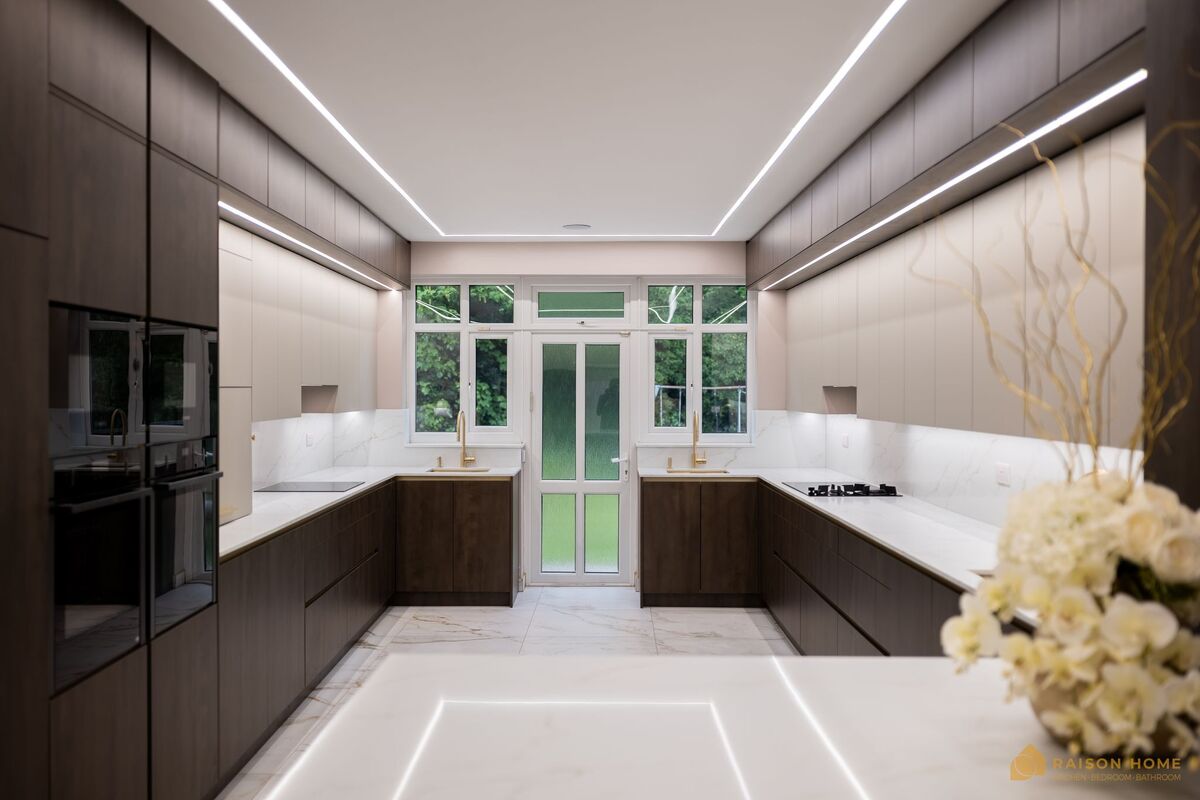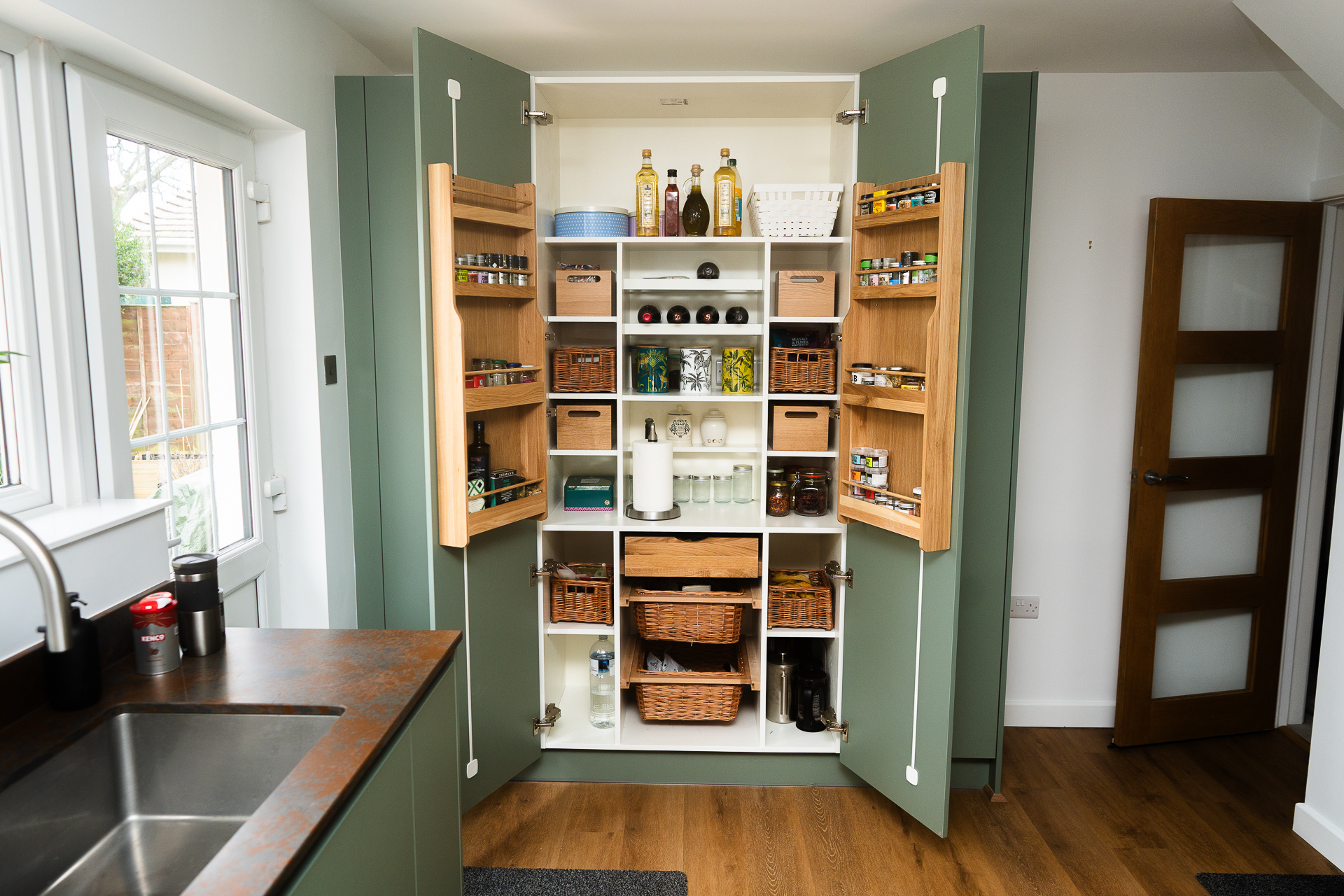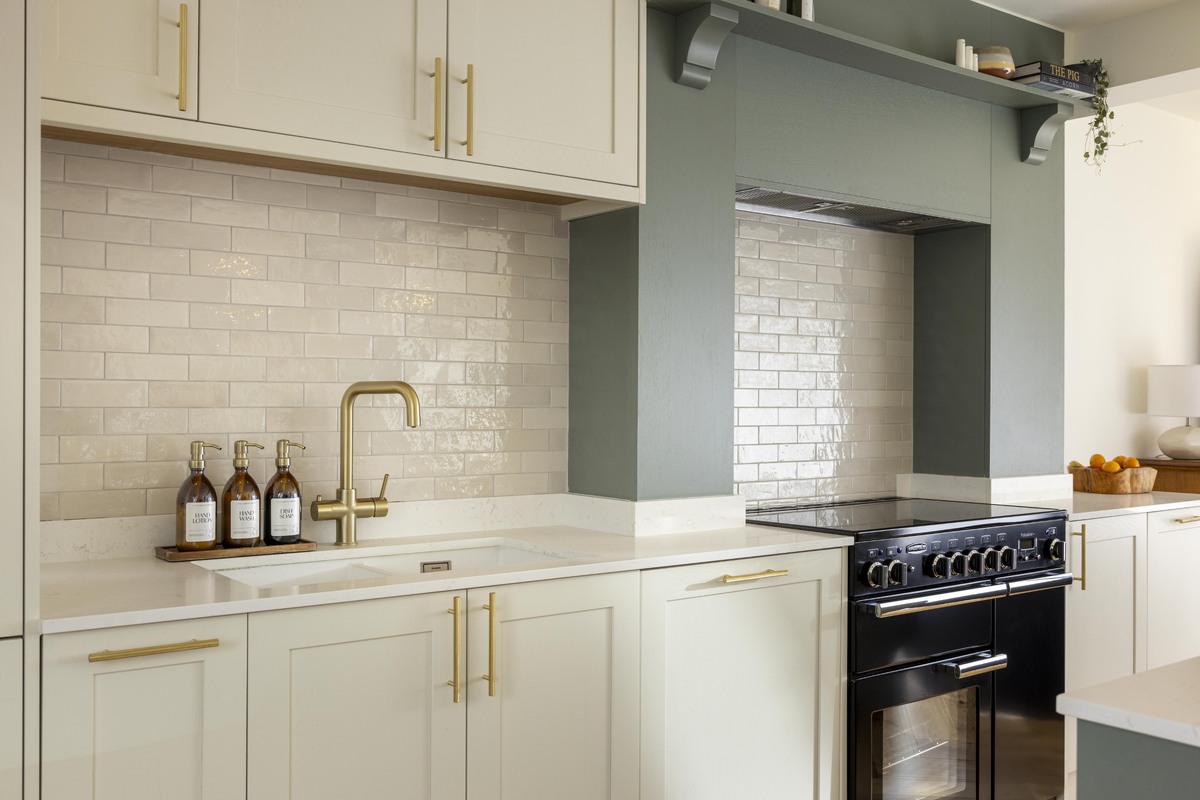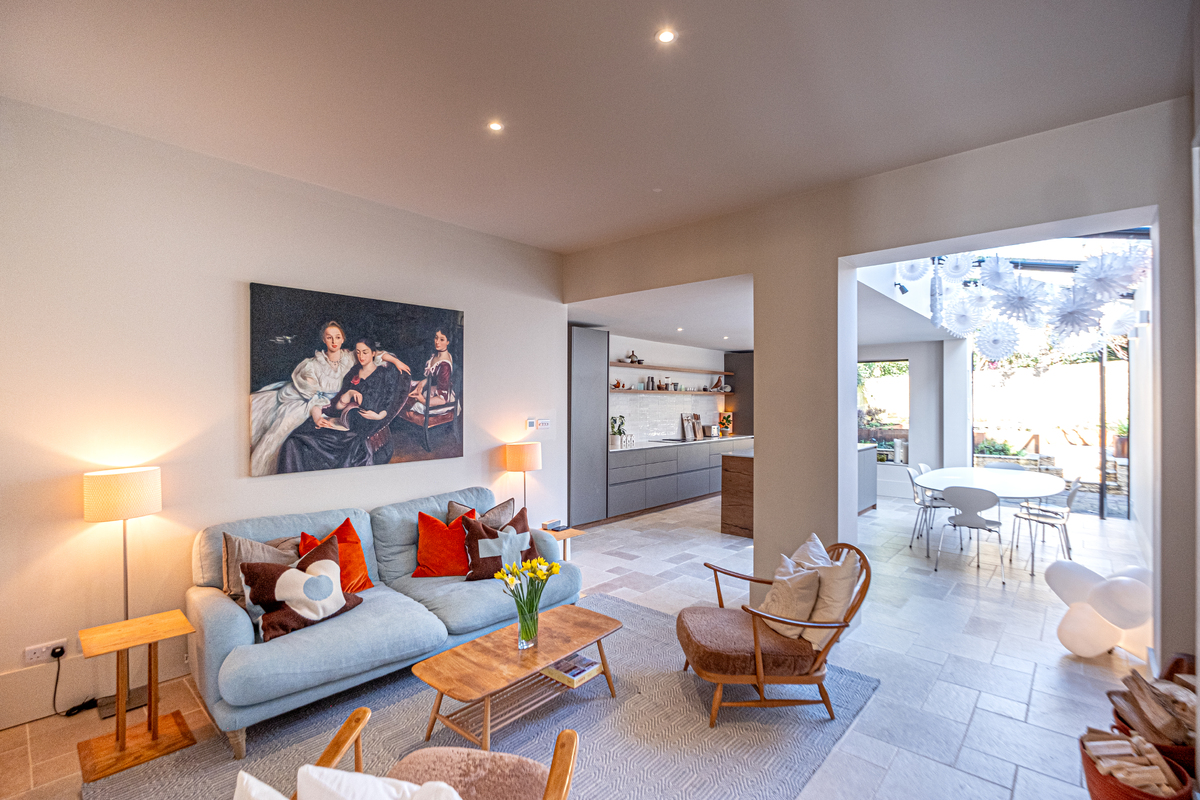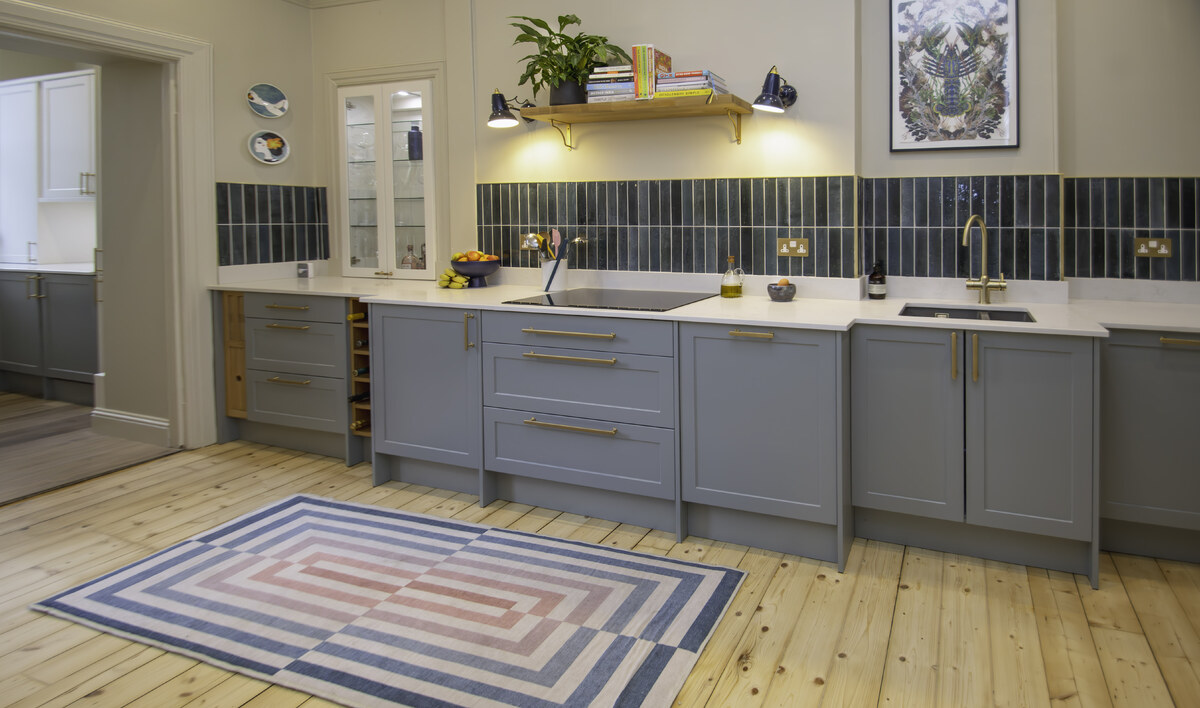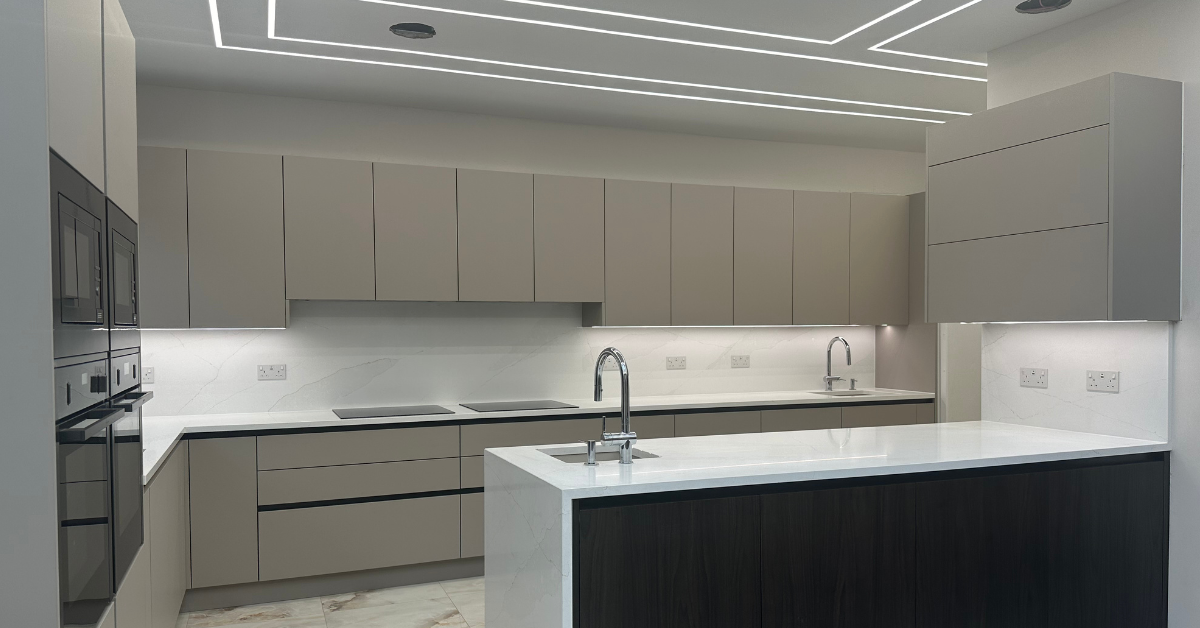Fitting a kitchen involves several stages, from planning and design to the final installation and finishing touches. The overall timeline can vary depending on the complexity of the project, the size of your kitchen, and the materials you choose. On average, the project can take anywhere from a couple of weeks to a few months when including the planning and preparation stages. We list the entire process below, If you are switching the kitchen and not doing additional work, some of this will not apply.
Preparation and design phase
The first step in your project is the preparation and design phase. This stage involves choosing your kitchen layout, style, and materials. You’ll work with a designer to create a plan that suits your needs and preferences. With a Raison Home Designer, this will take place as a consultation in your home. This is done so that our Home Designers can see the space that they’re working with whilst guiding you through the different options to achieve your dream kitchen.
Depending on how quickly you make decisions and the availability of your chosen materials, this phase can take anything from a few weeks to a few months. It’s essential to take your time during this phase to ensure that every detail is just right.

Ordering
Due to the variety of colours, cabinetry, and styles - most kitchens are made to order, this means there is roughly a 4-6 week lead time between order of the kitchen and delivery, depending on finish. Some kitchens are handmade or made from special materials and can take even longer. Unless specifically mentioned at the time of ordering or for a good reason (lack of space/ sizing), Raison Home will always send out your kitchen ‘rigid built’ - meaning the cabinets are pre-built, which can really help speed up the fitting process.
Removal of the old kitchen
Once your new kitchen design is finalised and everything is ordered, the next step is to remove the old kitchen. This typically takes 1 day, depending on the size of your kitchen and the complexity of the removal process. It’s a noisy and messy job, but it’s necessary to clear the space for the new installation.
First fix: Plumbing and electrical work
After the old kitchen is removed, the first fix begins. This stage involves preparing the plumbing and electrical systems for the new kitchen. The duration of this phase can vary, but it usually takes a couple of days. If extensive work is needed, such as moving plumbing or electrical outlets, it might take a bit longer.
Wall preparation and plastering
With the plumbing and electrical systems in place, the next step is to prepare the walls. This includes any necessary plastering and making structural changes. Wall work typically takes 1-3 days, depending on how much work needs to be done. The longest single part will be the time for the plaster to completely dry
Floor installation
Installing the new floor is another crucial step. The type of flooring you choose will affect the installation time. This stage can take anywhere from 1 to 5 days. Some projects may install the flooring before the kitchen units, while others may do it afterwards.
Main kitchen installation
Now it’s time for the main installation of the kitchen units, worktops, and major appliances. Basic installations usually take 2-5 days. Stone or custom worktops will add additional time; they normally take 5 working days from templating to installation. The good news is that the template can normally happen early on in the fitting process - after the base units have been fitted, therefore only adding on a couple of extra days.
Splashback and decorating
With upstands and splashbacks normally being made out of the same material as the worktop, these will normally be fitted around the same time. If you are tiling the walls or painting them to get the cleanest finish, you would normally get these done before the 2nd fix so the plug sockets are fitted on top of them.
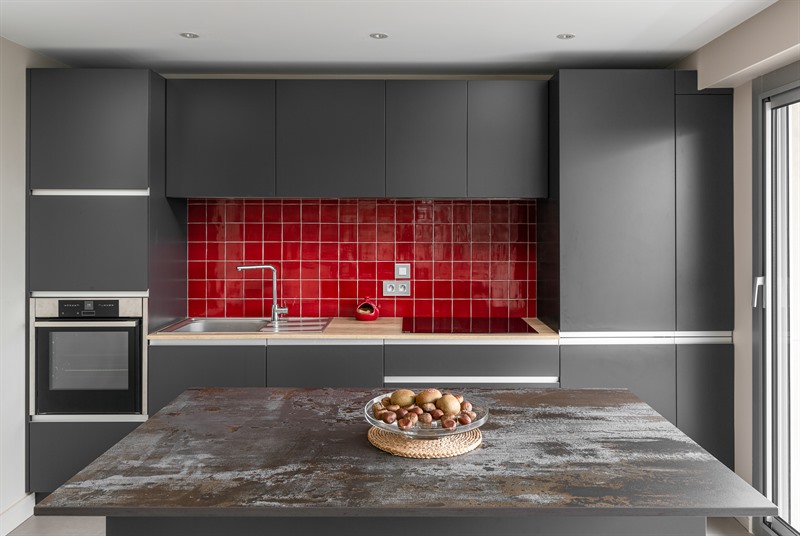
Second fix: Final plumbing and electrical work
The second fix involves finishing off the works; connecting the appliances, plug sockets, plumbing, electrical work and lighting. This stage is relatively quick, usually taking ½ a day. Once this is complete, your kitchen will be pretty much good to go.
Finishing touches and snagging
Once the kitchen is finished and everything is fitted, you along with either the kitchen fitter or designer should go around the kitchen and give it a once over to make sure it is exactly what you are expecting and that there are no scuffs on it. Once complete, your new kitchen is ready for use!
Factors affecting the timeline
Several factors can impact how long it takes to fit a kitchen. The size of your kitchen, the complexity of the design, and the materials you choose all play a role. Additionally, the need for any structural changes or extensive plumbing and electrical work can add time to the project. It’s important to plan and work closely with your kitchen fitters to ensure a smooth installation process. Our Home Designers can project manage the whole process for you, making sure it runs smoothly and on time, keeping you updated along the way.
If you’re thinking about getting a new kitchen and want to find out more, why not book a free design consultation with our Home Designers?
FAQs How long does it take to fit a standard kitchen?
Fitting a standard kitchen usually takes about 1-2 weeks, depending on the complexity of the design and the materials used.
What factors affect the time it takes to fit a kitchen?
Factors include the size of the kitchen, the complexity of the design, any structural changes needed, the type of worktops and flooring, and the need for extensive plumbing or electrical work.
Can I use my kitchen during the fitting process?
Generally, you will not be able to use your kitchen during the main fitting process. However, some fitters may install temporary worktops and basic appliances to minimise disruption.
What should I do to prepare for my kitchen fitting?
Before fitting starts, clear out your old kitchen, discuss any major structural changes with your fitters, and ensure all chosen materials and appliances are ready.
Will there be a lot of mess during the kitchen fitting?
There can be significant mess and disruption during the fitting process, especially during the removal of the old kitchen and the first fix. It's advisable to plan accordingly and protect adjacent areas.







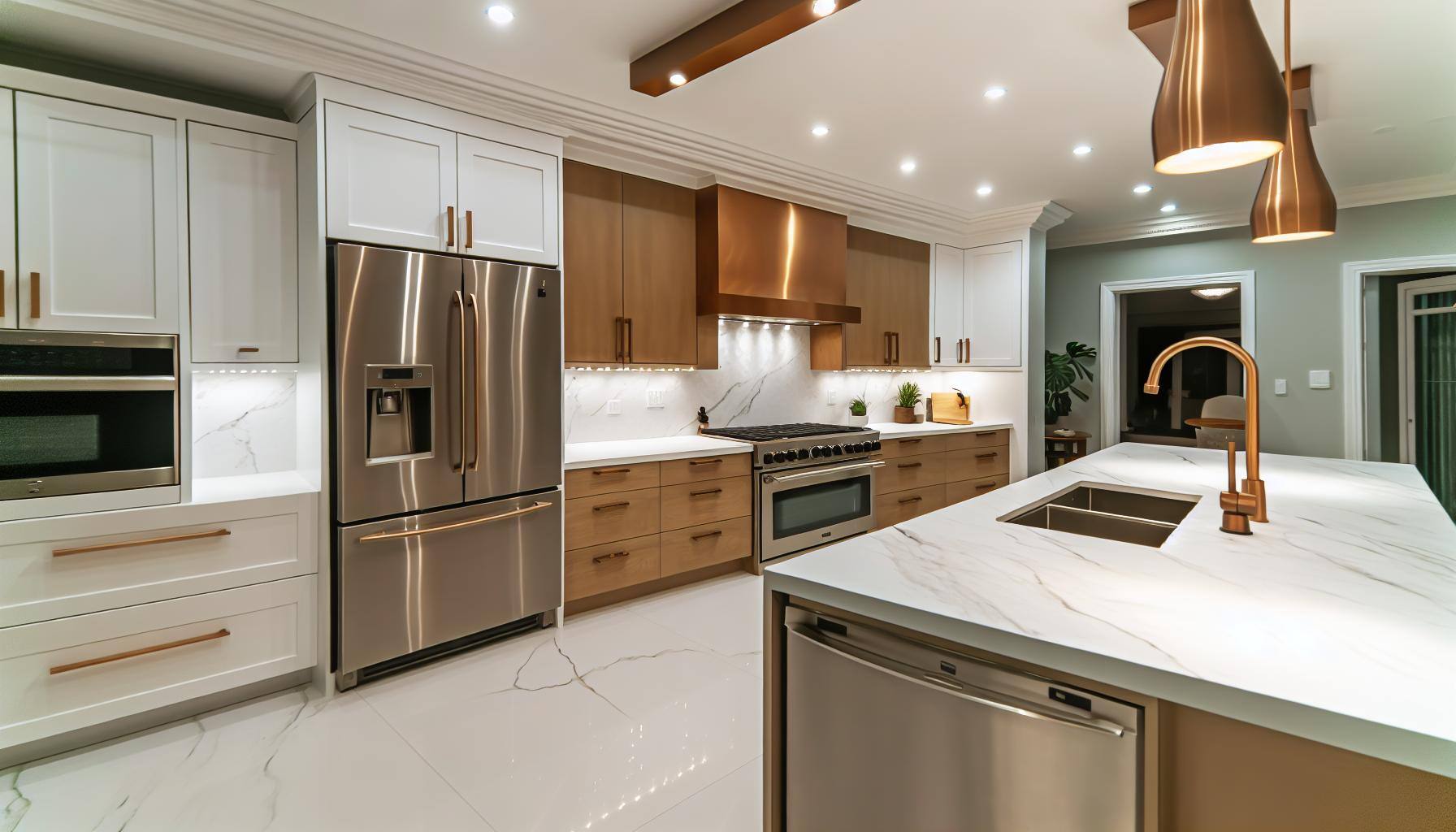


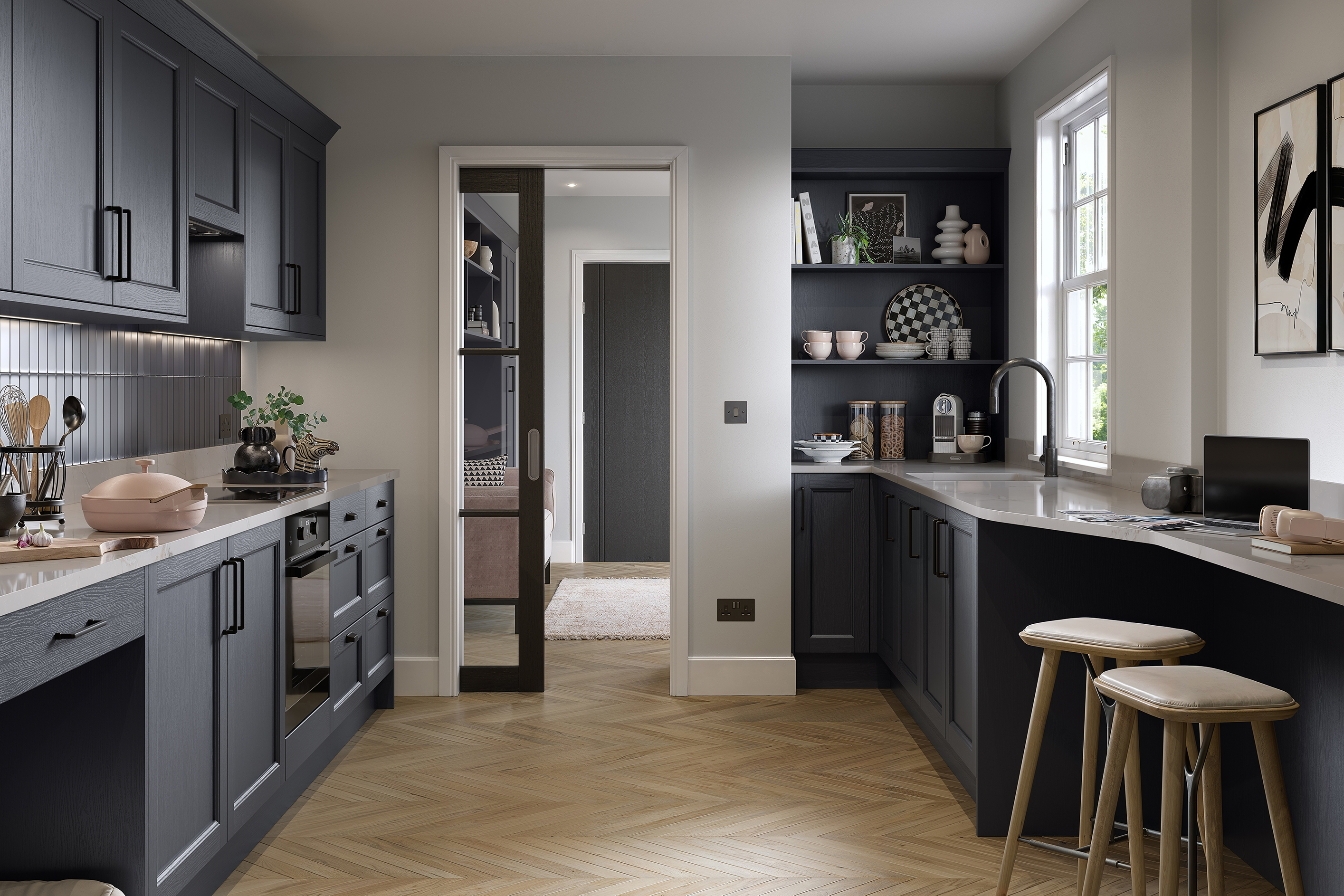
-1.jpg)
